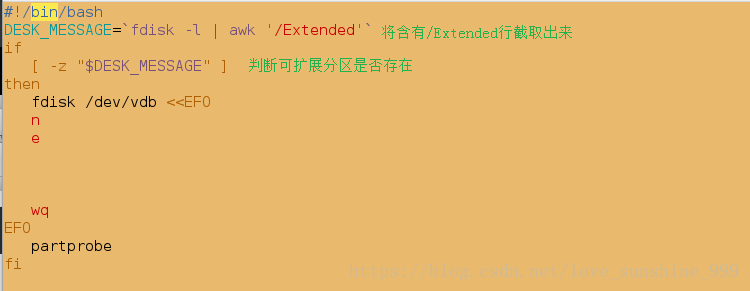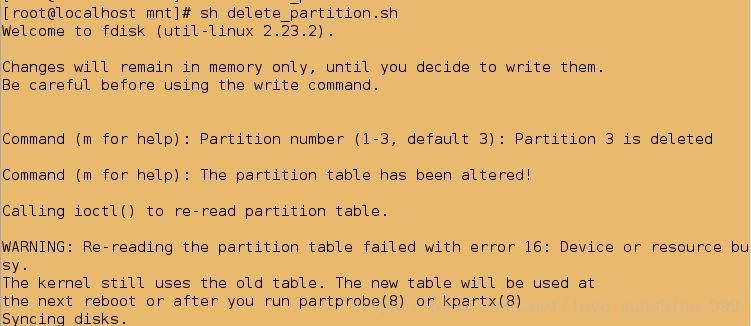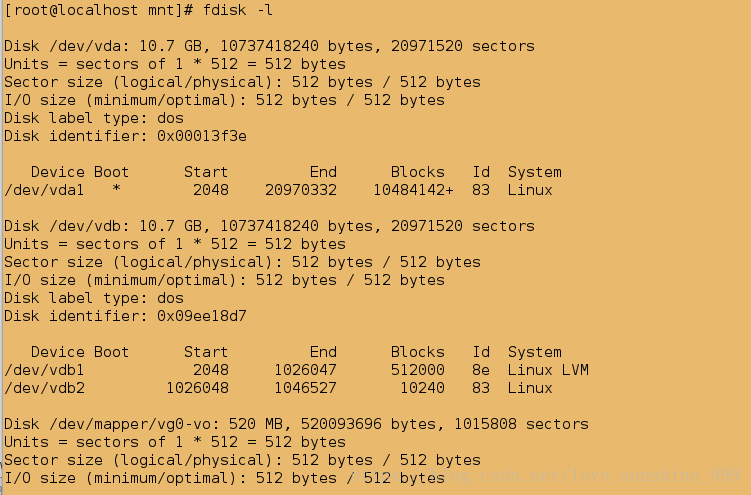概述
1. if语句:
if语句的一般形式
if
条件1
then
执行的命令1
elif #elif可多次使用
条件2
then
执行命令2
.....
else
执行命令3
fi
实验:
cd /mnt
rm -rf *
ls
vim if.sh
########

sh if.sh

sh if.sh a

sh if.sh b

sh if.sh c

sh if.sh d

@@用if语句 判断文件类型:
vim check_file.sh
###############

sh check_file.sh

sh check_file.sh westos

sh check_file.sh /etc/passwd

sh check_file.sh /dev/vdb

sh check_file.sh /mnt/

sh check_file.sh /etc/system-release

@@用函数的方式判定文件类型:
vim check_file.sh
###########

sh check_file.sh

sh check_file.sh westos

sh check_file.sh /etc/passwd

sh check_file.sh /mnt

sh check_file.sh /etc/system-release

@@用户管理:
vim user_create.sh
###########


sh user_create.sh userfile passfile
touch userfile
sh user_create.sh userfile passfile
touch passfile
sh user_create.sh userfile passfile
vim userfile
cat userfile
sh user_create.sh userfile passfile

2. case语句
(1)case语句的一般形式:
case 变量名 in
常量1) #可以判断多次;当常量1与变量名相同时,执行命令1,以此类推
命令1
;;
常量2)
命令2
esac
(2)if语句与case语句的区别:
if语句中的条件判断是从上到下顺序依次判断
case语句中的条件判断是同步的
##字符匹配常用case语句,因为if语句对于越置后的条件判断越慢,这样效率很低
实验1:
vim test.sh
######

sh -x test.sh cat

sh -x test.sh dog

sh -x test.sh we

实验2:
vim test.sh
#########
sh -x test.sh dog
sh -x test.sh cat #都只执行了1次
//
sh -x test.sh we
//
@@自动建立和删除文件中的用户
vim userctl.sh
#########

sh userctl.sh create user2
id user3
sh userctl.sh delete user3

3. expect语句:
expect #是自动答应命令,用于交互式命令的自动执行
spawn #是expect中的监控程序,其运行后会监控命令提出的交互问题
send #发送问题答案给交互式命令
"r" #表示回车
exp_contitnue #表示当问题不存在时继续回答下面的问题
expect eof #表示问题回答完毕推出expect环境
interact #表示问题回答完毕留在交互式界面
set NAME [ lindex $argv n ] #定义变量
@@创建分区
fdisk -l


vim create_partition.sh
###############

sh create_partition.sh #执行脚本
fdisk -l

@@删除第三个分区
先创建3个分区
fdisk -l
//
vim delete_partition.sh
#####################

sh delete_partition.sh

fdisk -l

@@自动回答
实验1:
yum install expect -y #安装自动答应服务器
vim ask.sh
######

sh ask.sh

vim answer.sh
#######

expect answer.exp

chmod +x /mnt/ask.sh
expect answer.exp

实验2:
vim ask.sh
###############

expect answer.exp #报错

vim answer.sh
#########

expect answer.exp

将ask.sh还原 (取消注释)
实验3:
vim answer.exp
##########

expect answer.exp lee 17 linux happy

##可用 #/bin/bash 将expect和shell联系起来
实验4:
vim answer.exp
#########

sh answer.exp lee 17 linux happy

@@自动连接ip
vim auto_connection.sh
#############

sh auto_connection.sh 172.25.254.130 redhat
@@输出所有开着的主机的主机名和ip
vim auto_connection.sh
###############
AUTO_CONNECT()
{
/usr/bin/expect <<EOF
set timeout 10
spawn ssh root@172.25.254.$i hostname
expect {
"yes/no" { send "yesr";exp_continue }
"password" { send "westosr" }
}
expect eof
EOF
}
for i in {76..79}
do
ping -c1 -w1 172.25.254.$i &> /dev/null
HOSTNAME=`AUTO_CONNECT |grep -E "authenticity|fingerprint|ECDSA|connecting|Warning|pas sword|spawn" -v`
echo $HOSTNAME 172.25.254.$i | sed 's/r//g'
}
done
最后
以上就是霸气自行车为你收集整理的shell之 if语句、case语句的全部内容,希望文章能够帮你解决shell之 if语句、case语句所遇到的程序开发问题。
如果觉得靠谱客网站的内容还不错,欢迎将靠谱客网站推荐给程序员好友。








发表评论 取消回复